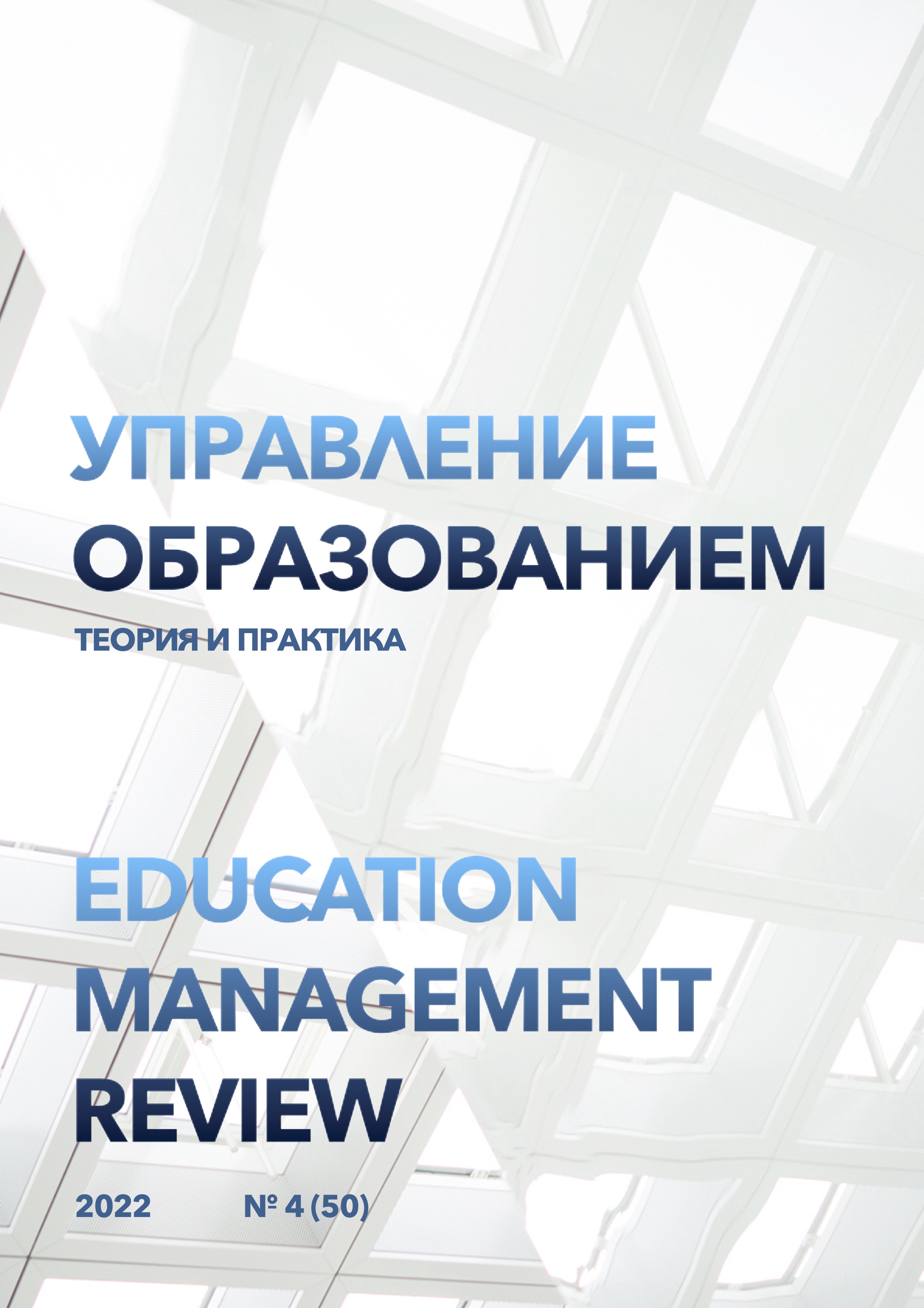Application of methods of innovative distance technologies in teaching students of medical universities
DOI:
https://doi.org/10.25726/f2940-8100-1987-yKeywords:
innovation, distance education, students, medicineAbstract
The problem of using educational technologies, in particular educational ones, for the development of students and the formation of their key (basic) competencies is currently at the epicenter of attention of teachers, methodologists, heads of educational institutions, methodologists and teachers of postgraduate pedagogical education institutions, as well as district and city methodological services. The range of technologies that currently functions in the educational space is objectively becoming an important tool of the modern teacher and is quite diverse. This is directly related to the introduction of new educational countries, the state standard of primary education, the state standard of basic secondary education; the variability of the forms of education, according to which education can be acquired (full-time (full-time), distance, network, external, family (home) forms or forms of pedagogical patronage, as well as full-time (evening), correspondence forms (at the levels of basic and specialized secondary education), dual; constant branching of the information field. Such active changes introduce the need for teachers to understand the essence, specifics and interaction with educational technologies that constantly appear in the modern educational process.
References
Geoghegan, K., Payne, D. R., Myers, M. A., Hall, S., Elmansouri, A., Parton, W. J. C., … Border, S. (2019). The National Undergraduate Neuroanatomy Competition: Lessons Learned from Partnering with Students to Innovate Undergraduate Neuroanatomy Education. Neuroscientist, 25(3), 271–280. https://doi.org/10.1177/1073858418788000
Georgieva-Tsaneva, G., & Serbezova, I. (2020). Virtual Reality and Serious Games Using in Distance Learning in Medicine in Bulgaria. International Journal of Emerging Technologies in Learning, 15(19), 223–230. https://doi.org/10.3991/ijet.v15i19.15753
Johnson, P., Ghebreyohanes, G., Cunningham, V., Kutenplon, D., & Bouey, O. (2007). Distance Education to Prepare Nursing Faculty in Eritrea: Diffusion of an Innovative Model of Midwifery Education. Journal of Midwifery and Women’s Health, 52(5), e37–e41. https://doi.org/10.1016/j.jmwh.2007.07.002
Kizatova, S. T., Kuatkyzy, T. G., Kurilova, V. V, Matayeva, L. M., Kiryanova, T. A., Zetpisbaeva, R. E., … Niyetbaeva, R. A. (2021). Blender training as an integration of online and the traditional method of training by professional competences of medical students. Journal of Human Sport and Exercise, 16(Proc4), 1833–1841. https://doi.org/10.14198/jhse.2021.16.Proc4.30
Li, X., Mohebbi, S., Pierce, M., Rowe, S., & Stockton, D. (2014). Development of an innovative Interprofessional Education program for healthcare delivery. In IIE Annual Conference and Expo 2014 (pp. 2085–2092).
Lieberman, J. A., Nester, T., Emrich, B., Staley, E. M., Bourassa, L. A., & Tsang, H. C. (2021). Coping with COVID-19: Emerging medical student clinical pathology education in the pacific northwest in the face of a global pandemic. American Journal of Clinical Pathology, 155(1), 79–86. https://doi.org/10.1093/ajcp/aqaa152
Ma, Z.-B., Zhu, X.-D., Bo, H., Guo, J.-S., & Liu, X.-M. (2020). Innovative development ideas of web-based medical teaching during the COVID-19 epidemic. European Review for Medical and Pharmacological Sciences, 24(23), 12461–12465. https://doi.org/10.26355/eurrev_202012_24042
MacDonald, C., & Sheppard-LeMoine, D. (2015). Virtual global classrooms without walls: Collaborative opportunities for higher learning engagement. In ICSIT 2018 - 9th International Conference on Society and Information Technologies, Proceedings (pp. 162–166).
Półjanowicz, W., Roszak, M., Kołodziejczak, B., & Kowalewski, W. (2014). Using a virtual learning environment as a key to the development of innovative medical education. Studies in Logic, Grammar and Rhetoric, 39(52), 123–142. https://doi.org/10.2478/slgr-2014-0048
Pulga, M. J., Spinardi-Panes, A. C., Lopes-Herrera, S. A., & Maximino, L. P. (2014). Evaluating a speech-language pathology technology. Telemedicine and E-Health, 20(3), 269 271. https://doi.org/10.1089/tmj.2013.0052
Ray, J. M., Wong, A. H., Yang, T. J., Buck, S., Joseph, M., Bonz, J. W., … Evans, L. V. (2021). Virtual Telesimulation for Medical Students during the COVID-19 Pandemic. Academic Medicine, 1431–1435. https://doi.org/10.1097/ACM.0000000000004129
Ried, L. D. (2010). A distance education course in statistics. American Journal of Pharmaceutical Education, 74(9). https://doi.org/10.5688/aj7409172
Scales, G. R., Peed, C., Boehme, J., & Brewer, K. (2005). Virginia Tech-Wake Forest University School of Biomedical Engineering & Sciences: Providing new tools for a new program. In ASEE Annual Conference and Exposition, Conference Proceedings (pp. 15661–15674).
Sivarajah, R. T., Curci, N. E., Johnson, E. M., Lam, D. L., Lee, J. T., & Richardson, M. L. (2019). A Review of Innovative Teaching Methods. Academic Radiology, 26(1), 101–113. https://doi.org/10.1016/j.acra.2018.03.025
Uranüs, S. (2004). From blackboard to whiteboard: The old style of classroom education is dead. Studies in Health Technology and Informatics, 104, 147–150. https://doi.org/10.3233/978-1-60750-947-9-147




